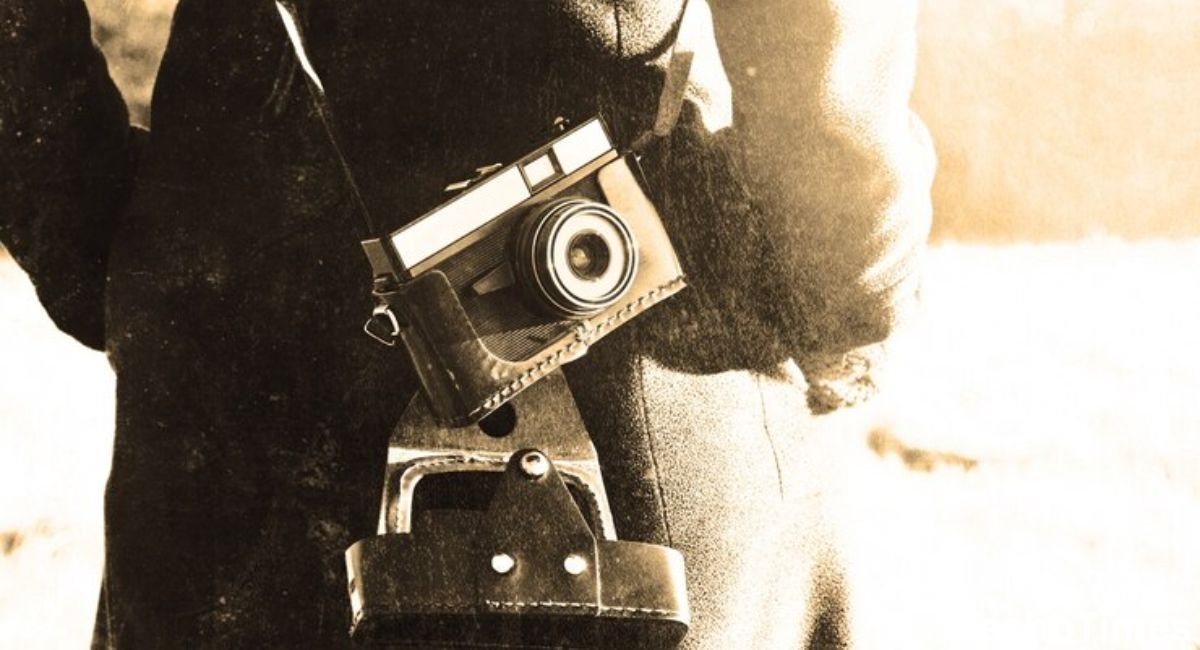The 1840 world’s 1st commercial photography marked the advent of a revolutionary era in art and technology. This groundbreaking development transformed photography from a scientific experiment into a viable business, opening avenues for art, culture, and communication to flourish in unprecedented ways.
What Was the 1840 World’s 1st commerrail Photography?
The 1840 world’s 1st commercial photography refers to the practice of providing photography as a paid service. This was a significant step in making photography accessible to the general public. Portrait photography, in particular, became a popular service for those who wanted to preserve their likenesses in a tangible form.
Pioneers of Commercial Photography in 1840
Louis Daguerre
The foundation for commercial photography was laid by Louis Daguerre, who introduced the daguerreotype process in 1839. This process enabled the creation of highly detailed images and quickly gained popularity due to its clarity and quality.
Richard Beard
In 1840, Richard Beard, a businessman and entrepreneur in London, acquired the British patent for the daguerreotype process. He established one of the world’s first photographic studios and began offering portrait services to the public, solidifying the practice of commercial photography.
The Daguerreotype Process: A Revolutionary Method
The daguerreotype process was the first widely used photographic technique. Here’s how it worked:
- Polished Metal Plates: A silver-plated copper sheet was polished to a mirror-like finish.
- Light Sensitivity: The plate was treated with iodine vapor to make it light-sensitive.
- Exposure: The subject was exposed to light for several minutes to create an image.
- Development: The latent image was developed using mercury vapor.
- Fixing: A solution of sodium thiosulfate fixed the image to prevent further exposure.
While labor-intensive, the process produced stunningly detailed images that captivated the public.
Impact of 1840 World’s 1st Commercial Photography
Democratization of Portraiture
Before photography, only the wealthy could afford painted portraits. The commercialization of photography made portraiture accessible to the middle class, providing an affordable alternative.
Cultural Significance
The first commercial photography sessions captured not just faces but also the essence of the era—clothing styles, social norms, and personal expressions.
Economic Opportunity
The emergence of commercial studios created new career paths for photographers and related professions, such as plate manufacturers and frame makers.
Challenges Faced by Early Commercial Photography
Despite its groundbreaking nature, early commercial photography faced several challenges:
- Cost: The equipment and materials were expensive, limiting access to wealthy clientele.
- Exposure Times: Long exposure times made the process inconvenient and required subjects to remain still for extended periods.
- Fragility: Daguerreotype plates were delicate and prone to damage.
Legacy of the 1840 World’s 1st Commercial Photography
The innovations of 1840 paved the way for:
- New Technologies: From the calotype and wet plate processes to modern digital photography.
- Global Adoption: Photography spread across the globe, influencing art, journalism, and science.
- Cultural Documentation: Early commercial photographs provide a window into the past, offering invaluable insights into 19th-century life.
FAQs
What is the significance of the 1840 world’s 1st commerrail photography?
It marked the transformation of photography into a business, making it accessible to the public and setting the foundation for modern photography industries.
Who were the key figures in early commercial photography?
Louis Daguerre developed the daguerreotype process, while Richard Beard pioneered its commercial use in 1840.
What made daguerreotypes so popular?
Daguerreotypes offered exceptional detail and clarity, making them a sought-after medium for portraits and artistic expression.
How did commercial photography impact society?
It democratized art by making portraits affordable, documented cultural history, and created new economic opportunities.
What were the limitations of early commercial photography?
High costs, long exposure times, and the fragility of daguerreotypes were significant challenges.
How has photography evolved since 1840?
Advancements in technology have made photography faster, cheaper, and more accessible, evolving from daguerreotypes to digital imaging.
Conclusion
The 1840 world’s 1st commercial photography was a groundbreaking milestone in the history of art and technology. It democratized access to portraiture, inspired technological innovation, and laid the groundwork for the diverse applications of photography we see today.
The Ultimate Guide to StreamEast XYZ: Everything You Need to Know











